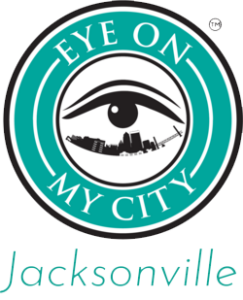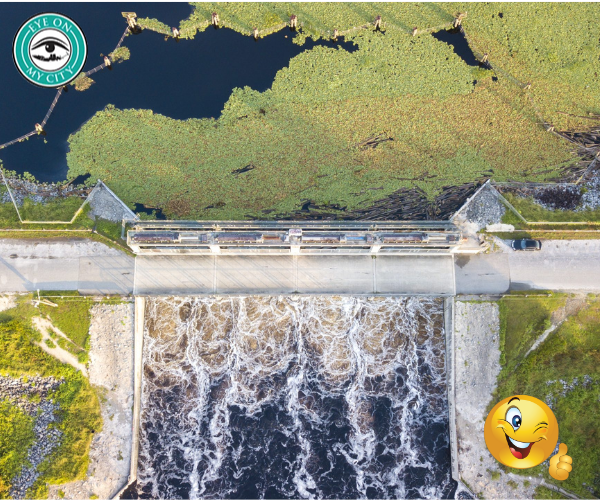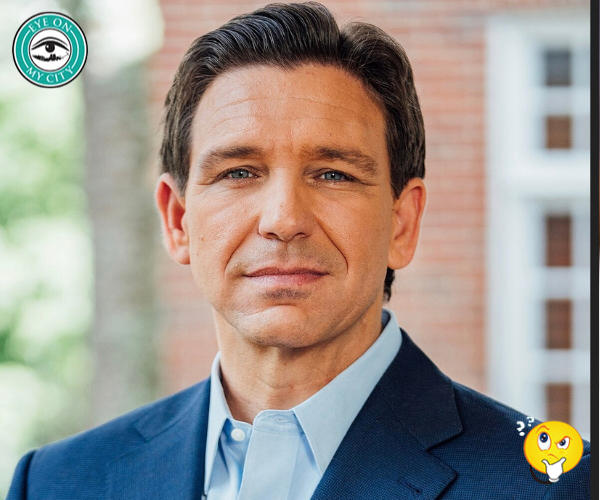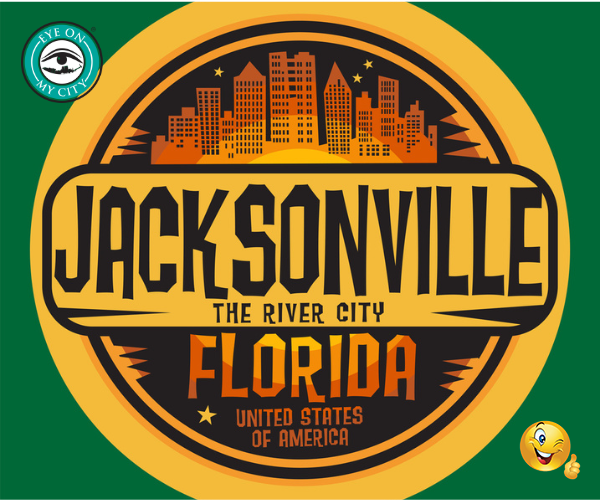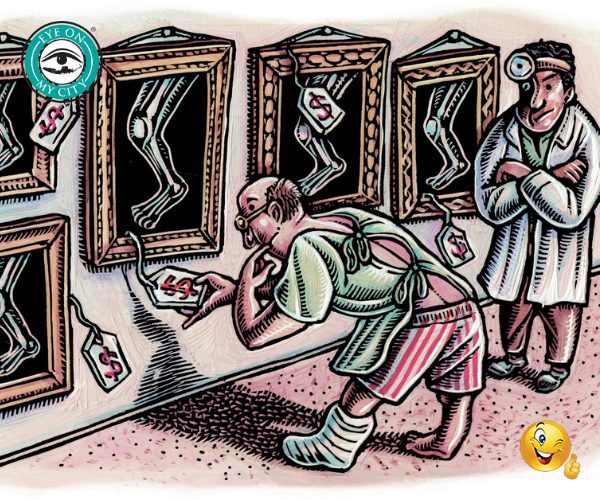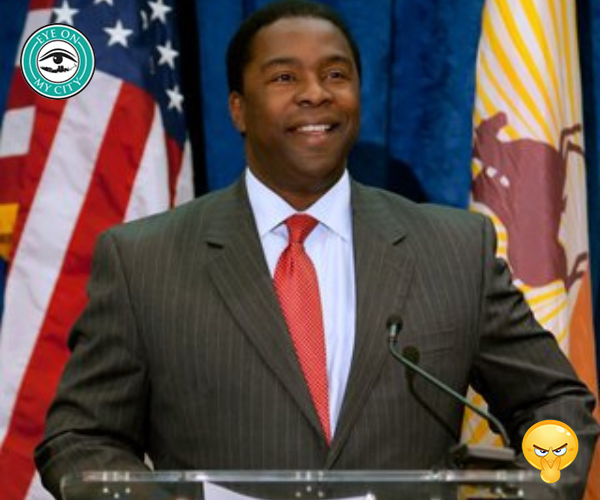After almost a century of political blunders, it appears that the canal that would cut Florida in half is dead and the environmental damage that was done may be undone – as much as possible.
In the early part of the 20th century, some decided that a lot of money could be saved by a canal that would allow shipping to cut across Florida and avoid the long trip around the peninsula.
It wasn’t exactly a new idea. The guy who founded St. Augustine in the 16th century also thought it would be great.
President Franklin D. Roosevelt snapped it up as part of his New Deal program, which involved thousands of make-work jobs for those thrown out of work by ill-devised government policies.
Roosevelt tacitly admitted he didn’t know what he was doing when he said his method was to try something and if it didn’t work try something else.
A lot of work was done before someone pointed out Congress never had authorized it to be done. But Roosevelt was popular, and a compliant Congress went along so the Cross-Florida Ship Canal, later Cross-Florida Barge Canal, was born.
There was a lot of digging and building before someone realized that if they dug a 40-foot-deep canal, it would cut into Florida’s main source of water, the Floridan Aquifer, and pollute it with salt water.
The project stopped, but in a few years World War II began. As Nazi subs sank ships in the ocean along Florida’s east coast, politicians decided they could be protected by completing the canal.
After the war ended and Roosevelt died, the project went back in mothballs — until the 1960s and Lyndon Johnson’s Great Society came along. The project revved up again, with dams and locks to prevent harming the aquifer.
A key feature of the new plan was to block the Ocklawaha River with the Rodman Dam. I was there when it was launched, covering the story for the Jacksonville Journal, and the sight of dozens of huge bulldozers pushing dirt into the river was impressive.
The dam was built and the resulting reservoir was fine for boaters and fishermen, but environmentalists continued to protest. The route now is called Marjorie Harris Carr Cross Florida Greenway after a leading opponent of the failed project, which was halted by President Richard Nixon in 1971 and deauthorized by Congress in 1990.
Ultimately, however, it failed because it never really made economic sense. Railroads and interstate highways did what the canal was supposed to do.
When stopped, it already had consumed $74 million. Only 28 percent of the 107-mile project was built. The dam now is deteriorating and becoming a hazard.
Evan Tucker of Cowford Conservation says rather than harm fishing, restoration would return native fish populations and expand outdoor recreational opportunities.
In this year’s legislative session, the Florida Senate inserted $6.25 million into its appropriations bill for the restoration project. It calls for planning and completion of the project by 2035.
If that language stays and is not vetoed by the governor, it would mean the destruction of the dam and restoration of the scars left by the canal is at hand, after a century of political infighting and government waste.
To learn more about this boondoggle – watch this documentary:
